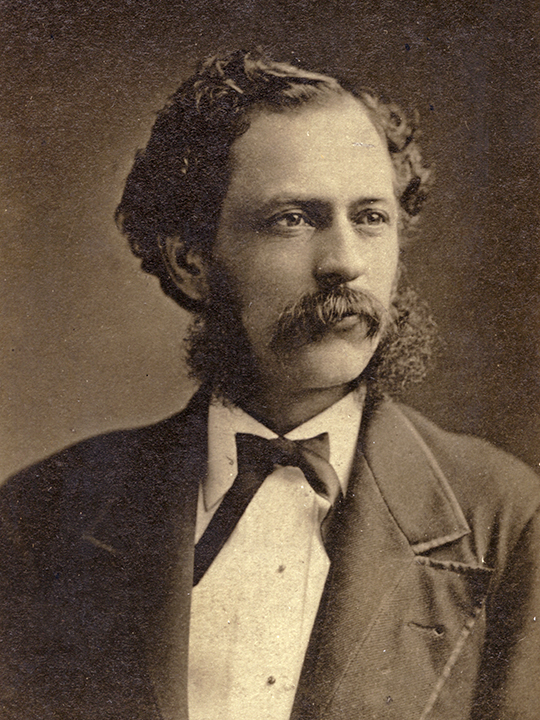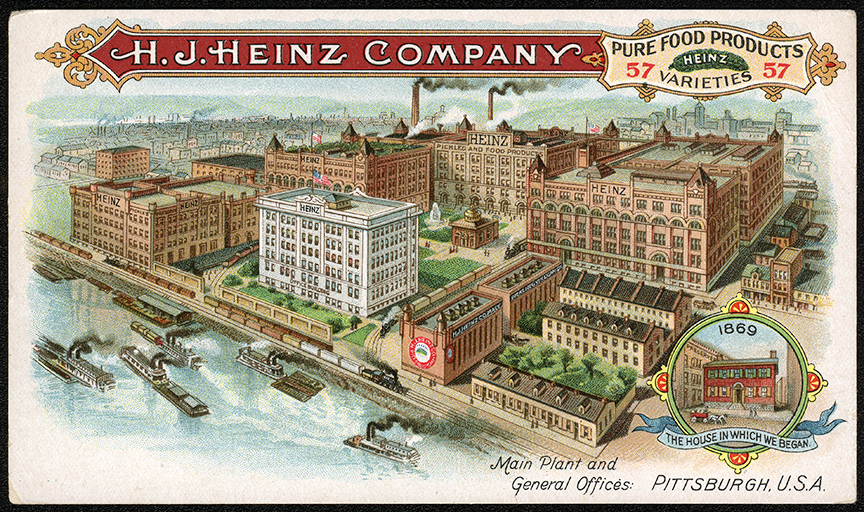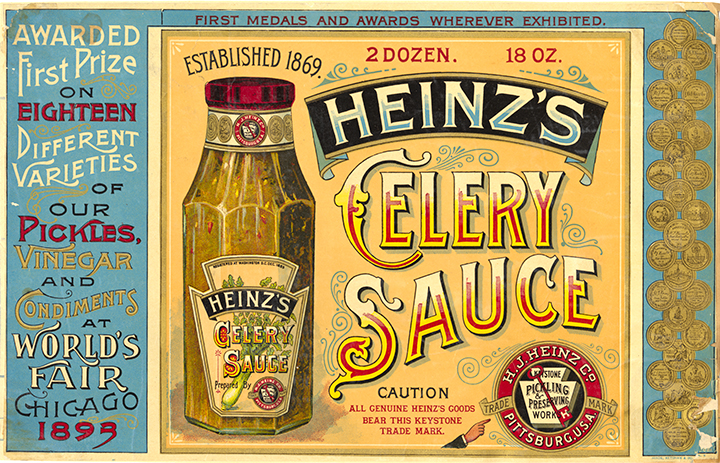
Scorned in the 1870s for his poor business decisions, H.J. Heinz rebuilt his company based on moral lessons his family taught him. He even enshrined some of his favorite mottos on signs and in stained glass windows of his impressive Pittsburgh factory. The most-quoted one explains his basic philosophy: “To do a common thing uncommonly well brings success.” That food factory, a marvel of modern amenities, was not started until 1890 and his popular catch phrase – 57 Varieties – was not dreamed up until 1892. Yet it was his vision in the previous decades of improved products and a better company that led him to those achievements.
In 1852, at age eight, Henry, or H.J., began peddling produce from his family’s garden in Sharpsburg, a few miles up the Allegheny River from downtown. His specialty became horseradish, a pungent root used to season food. Henry used clear glass to show he had the whitest, purest roots.
His business grew into a national food distributor but was short of capital and collapsed. H.J. himself was arrested on charges of fraud filed by creditors. Still, the Heinz name meant good food products. In 1876, a new company was launched with 32-year-old H.J. as manager. In 1888, the firm changed its name to the H.J. Heinz Company. It was then that he was able to launch his ambitious plans for the factory.
The plant not only processed food but also made the packaging. It incorporated the latest motors, modern stables, and conveniences for the health and pleasures of employees: a restaurant, dressing rooms, hospital, gymnasium, rooftop garden, self-improvement classes (from singing to dressmaking), and carriage rides (on work time!) through the park. Employees could enjoy showers, private lockers, laundered uniforms, and weekly manicures as well.
It was this focus on people, while still watching the bottom line, that led Heinz to build one of the country’s largest and most profitable businesses over three decades. In that time, Heinz became the largest manufacturer of pickles, ketchup, vinegar, sauerkraut, and of course, horseradish.
By the time of his death from pneumonia in 1919, his company had 6,500 employees and 25 factories, its own freight cars, a branch company in London, and agencies around the world.
On your next visit to the History Center, be sure to see the Heinz exhibition that traces the history of Henry and the global food company he started in his mother’s garden.
Brian Butko is the director of publications at the Heinz History Center.

